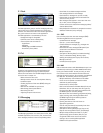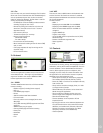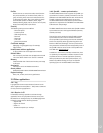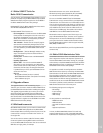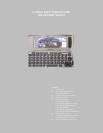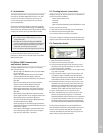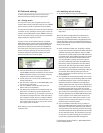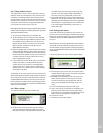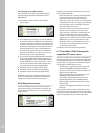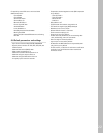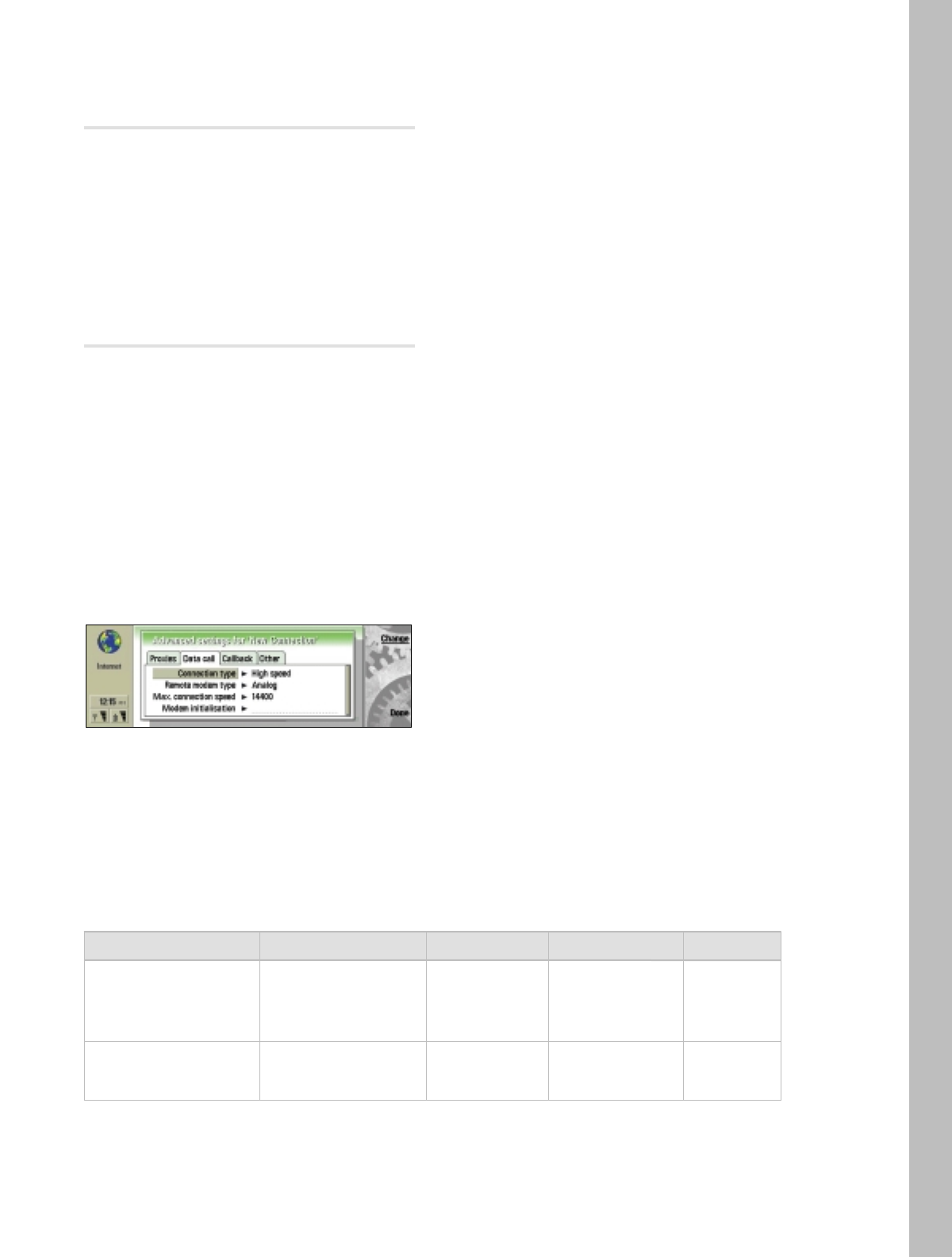
5.1 Introduction
Before you can start to use the Nokia 9290 Communicator
data features efficiently, you have to check the following
information from your GSM carrier:
• The cellular network that you use must support
data calls
• Data service must be activated for your SIM card
• Before you can use HSCSD data, check with your
carrier to see whether it is supported
5.2 Data call and high-speed
data options
Data call options can be handled in Internet settings.
Under Advanced settings; Connection type, Remote modem
type and other data call related information could be found
and edited.
Connection type gives two alternatives for the connection
type. The default for every IAP (Internet Access Point) is
“Normal,” which stands for normal single time slot GSM
data call. The connection speed can be either 9600 or
14400 bps, and in addition for analog calls autobauding is
the third speed option. “High speed” selects the High Speed
Circuit Switched Data (HSCSD) call. Higher transfer speeds
are achieved by reserving multiple GSM time slots for
single user.
Note: The 14400 bps speed for normal GSM data call and
HSCSD services are not basic GSM data services. These
services may not be available in all networks in all areas,
and they may require a separate subscription. If the network
does not support the call type, or it has not been enabled in
the user’s subscription, the data call may fail. Even the basic
data call services may need to be subscribed to separately.
Remote modem type defines the connection method to
be used. There are three alternatives available: Analog (for
normal modems), ISDN V.110, and ISDN V.120. The GSM
network and the remote access server or dial-in modem
pool must support the selected connection method; other-
wise, the connection attempt will fail.
Note: Analog (normal modem) connections are usually
supported in all networks. The connection time (before
the data call is established) is about 40 seconds for analog
connections and 15 seconds for ISDN connections
1
.
Maximum data speeds are 28800 bps for analog, 38400 bps
downstream for V.110 and 43200 bps downstream with
V.120. In addition, the data flow may be smoother when
using ISDN connections. These restrictions are caused
by the GSM network, and are not inherent to the Nokia
9290 Communicator.
Max. connection speed is for determining the maximum
connection speed. The GSM network may change the current
connection speed at its direction – for example, when the
network becomes congested.
Note: All HSCSD connections are always made with 14400
bps per timeslot. This speed is almost always available in the
areas where network coverage is good and the network
supports HSCSD. If the network signal quality gets weaker,
the speed is automatically downgraded to 9600 bps per
timeslot by the GSM network. The network can also decrease
the number of time slots allocated for a user if network
congestion occurs. These actions may cause fluctuations in
the data rate, and may cause the total data rate to be
smaller than the requested data rate.
1
These times are rough estimates and depend on the
network coverage, on the Internet service provider, and
other variables.
16
When HSCSD connections are used, the user may control how many timeslots are used for the connection. Some GSM
carriers may charge on slot amount usage basis; some other GSM carriers may implement a fixed charging model for HSCSD
calls. Please contact your network carrier for HSCSD coverage and charging details.
Connection type Remote modem type 1 timeslot 2 timeslots 3 timeslots
Normal data call Analog Autobauding, Not available Not available
9600 or 14400
ISDN V.110 9600 or 14400 Not available Not available
ISDN V.120 9600 or 14400 Not available Not available
High-speed data call Analog 9600 or 14400 19200 or 28800 Not available
ISDN V.110 9600 or 14400 19200 or 28800 28800 or 38400
ISDN V.120 9600 or 14400 19200 or 28800 28800 or 43200
Available connection speeds are:




